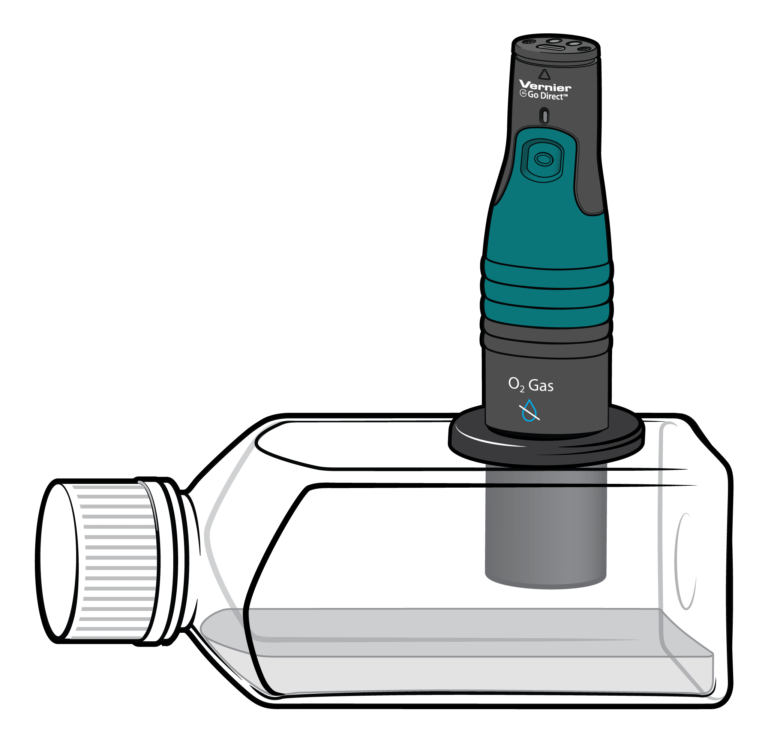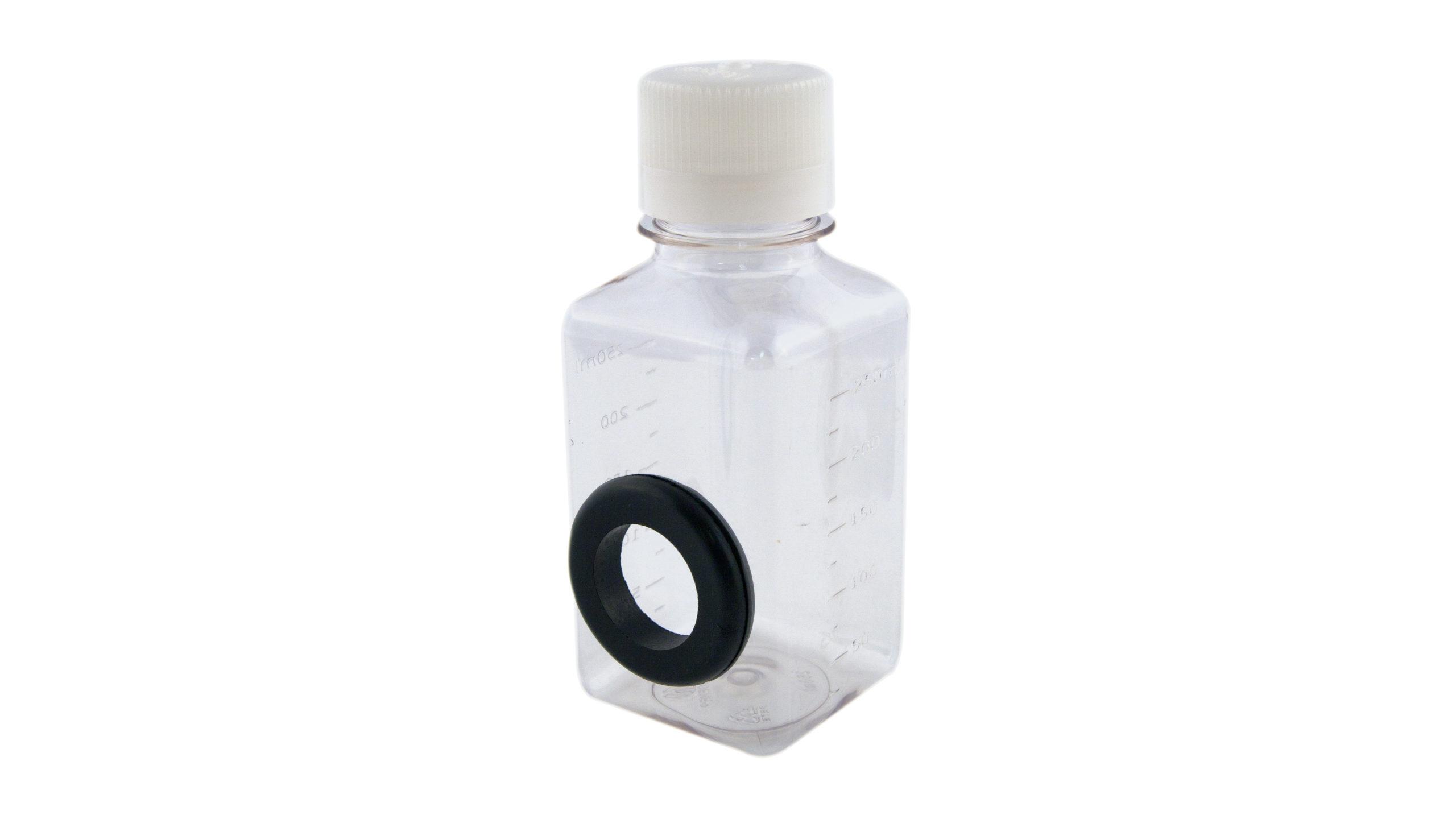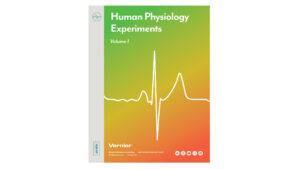
Introduction
Oxygen plays a key role in aerobic cellular metabolism, facilitating the conversion of glucose, protein, and lipids into usable energy. For every 6 molecules of oxygen used in the breakdown of glucose, 6 molecules of carbon dioxide are produced, along with water and adenosine triphosphate (ATP), according to the following equation:
The average person uses 200–250 mL of O2 per minute at rest. This may increase to 2–3 L per minute during heavy exercise and to twice that amount in highly trained athletes. The increase of oxygen consumption is proportional to the amount of work performed up to a maximum level which is dependent on conditioning. At the start of exercise, anaerobic metabolism is used briefly, but this quickly changes to aerobic metabolism as blood flow to muscles increases.
As O2 is consumed and CO2 is produced by muscle cells (and other cells), a pressure gradient is created between the cells, the interstitial fluid, and the bloodstream. A marked lowering of O2 in interstitial fluid as it is used up by cells leads to O2 diffusion from the bloodstream. While dissolved O2 provides an immediate supply to replenish the interstitial fluid and cells, the majority of O2 is carried on hemoglobin molecules. Oxyhemoglobin dissociates more readily as the oxygen concentration is lowered (and CO2 concentration increased), rapidly replenishing the supply of dissolved O2. CO2 diffuses from active cells (where it is produced in high concentration) to the interstitial fluid and bloodstream, where it is transported to the lungs mainly as bicarbonate. In the lungs, the opposite is true. O2 follows a pressure gradient from the alveoli into the bloodstream, and CO2 from the bloodstream into the alveoli.
In this experiment, you will measure oxygen concentrations of deeply inhaled and exhaled air at rest and after exercise. You will use these measurements and an estimate of exhaled volume to calculate the resulting differences in oxygen consumption.
Objectives
- Obtain graphical representation of changes in O2 concentration with breathing at rest and after exercise.
- Calculate oxygen consumption at rest and after exercise.
- Correlate your findings with clinical situations.
Sensors and Equipment
This experiment features the following sensors and equipment. Additional equipment may be required.
Correlations
Teaching to an educational standard? This experiment supports the standards below.
- International Baccalaureate (IB)/Sports, Exercise, and Health Science
- 2.1 Structure and function of the ventilatory system
Ready to Experiment?
Ask an Expert
Get answers to your questions about how to teach this experiment with our support team.
- Call toll-free: 888-837-6437
- Chat with Us
- Email support@vernier.com
Purchase the Lab Book
This experiment is #13 of Human Physiology Experiments: Volume 1. The experiment in the book includes student instructions as well as instructor information for set up, helpful hints, and sample graphs and data.



